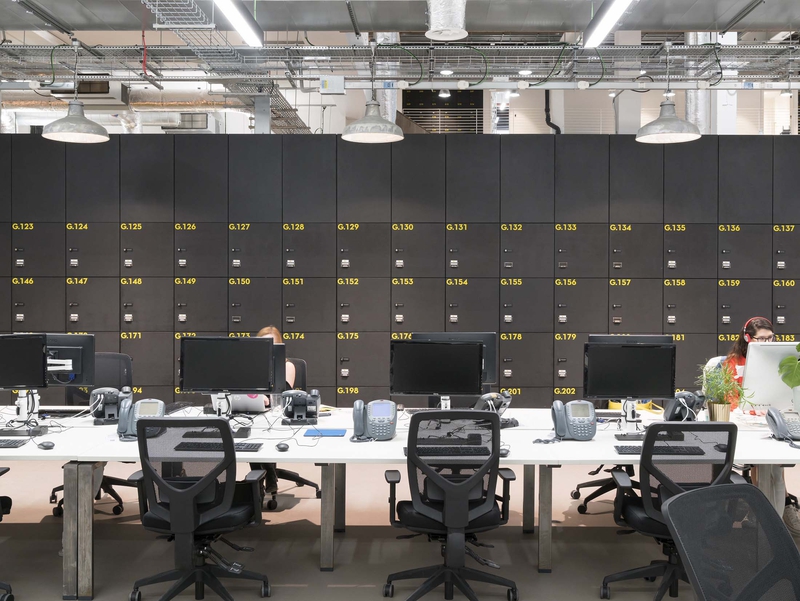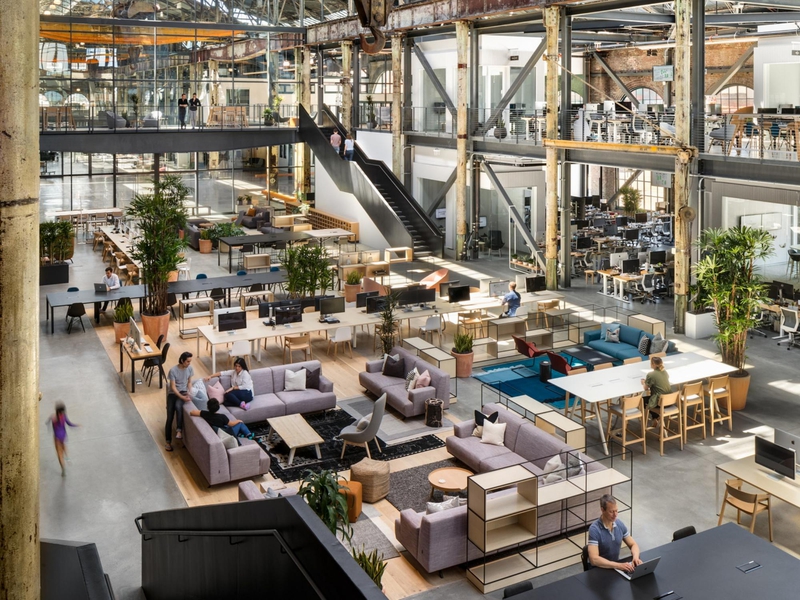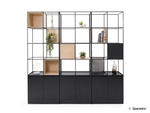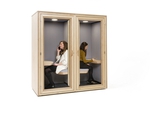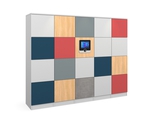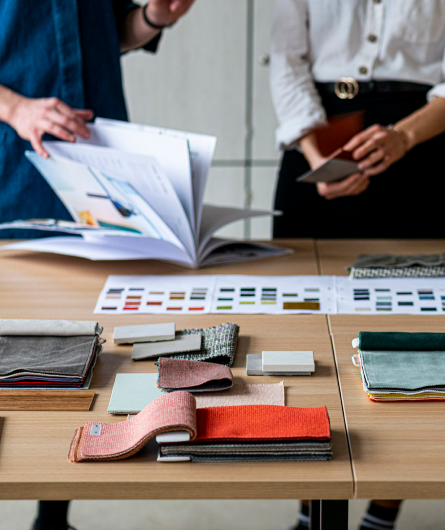4 janvier 2019
Tendances du secteur
According to Hans Neubert, Global Creative Lead of Digital Experiences at Gensler architects, “The next phase of architecture will shift from creating places that last to designing user-centric, innovation-ready, and highly adaptive spaces that learn and change in real time for continuous evolution, sustainability and performance.”
2019 will likely bring an increased focus on employees’ personal experiences of work and more psychological approaches to design. Technological innovation will also continue to transform working habits, in particular by making offices more virtual and more global. So this year we’re taking a holistic view and looking at the bigger picture; all of the following trends are interconnected, they all affect one another. And whilst we can’t predict everything, we can make informed speculations based on research, observation, experience and discussion. Here are our Top 8 Workplace Trends for 2019 …

The Experiential Workspace
Leading 21st-century companies like Google and Facebook build their whole organization around their employees’ experiences, and have dedicated managers overseeing those experiences. The key to running a successful Experiential Workspace is examining the needs of every employee and designing spaces and ways of working that will satisfy these needs; and adopting a psychological approach to design is useful because employees judge their working experience against how they imagine it would be to work elsewhere. Good design leads to a happy workforce, which leads to a boost in productivity.

Coworking Expands
As we explored in our recent blog on the Coworking Design Trend , more and more companies are building coworking-type spaces into their premises. Likewise, an increasing number of companies are also renting space in coworking spaces, which are no longer considered just for freelancers and startups. The coworking model is being applied to real estate; all types of companies beyond entrepreneurial types, are beginning to adopt this style of working. Large corporations today like to have a mixture of “core” offices, which they own or lease long-term, and “flexible” offices that they rent in coworking spaces as and when it’s necessary. This allows them to remain agile, to reorganise teams for every new project, and to minimise costs.

The Hospitality Trend
As we explored in our recent blog on the Hospitality Trend, we’ve been observing emerging synergies between workplace design and hospitality design lately. The new Hospitality Workspace blends elements of the hotel, the sports club, the café, and the restaurant with the office. In the words of Tanya Wood, Director of Soho Works, “People are spending less physical time at their formal office. They want spaces that actually cater for, and enhance, their working lives. That could be access to everything from gyms or social space, bedrooms, or a provision of studios and specialist equipment or facilities to support content creators.” These kinds of spaces create a greater sense of community, and help promote good health and wellness; which brings us nicely onto …

Wellness
We’ve written before about the importance of wellbeing and mindfulness, which remains a huge trend in workplace design. Modern workplaces should have good air quality, good drinking water, plentiful natural light, and a variety of quiet spaces on offer. But that’s not all. By offering wellness and meditation programmes, exercise facilities, healthcare services and, very importantly, opportunities for social engagement, companies can foster a greater sense of wellbeing amongst their staff. As a development of this, we’re also seeing a deeper response to the wellness trend with technological integration and a more psychological approach, in turn, affecting the employee experience. “Tackling loneliness and designing for meaningful social connection is also designing for a stronger immune system and brain protection,” says Ann Kim, Portfolio Director of Ideo Cambridge. “More and more designers will realize their superpowers. You don’t have to have a doctor or nurse to help people. Designers are healers, too.”

Sustainability
A big holistic trend for 2019 will be the combination of wellness culture with sustainable design: eco-friendly offices full of natural light and healthy biophilia will cater to both trends. By sourcing furniture and office supplies responsibly, running a good recycling programme, and making sure to reduce waste wherever possible, companies can build sustainable workplaces that keep employees happy; which will, in turn, help retain a loyal, sustainable workforce.

The Internet of Workplace
The Internet of Things has already arrived in some office buildings in the form of digital dashboards tracking temperature, water consumption, occupancy and so forth; which can contribute to saving energy and increasing sustainability. Now, as more and more parts of the office, from devices, to furniture, to utilities, are connected up online, we’re going to see the rise of an Internet of Workplace: think phone apps that can control the window shades, or tablets that can adjust the temperature. And not only does the Internet of Workplace allow staff a degree of control that’s great for morale, it also provides invaluable data that designers can use when planning how to improve a space.

Global Communities
Technology allows us to share more, wherever we are, which makes for an increasingly virtual world. One of the great benefits of this new digital workplace is that people from all round the world can work together and can exchange new ideas immediately. Learning from one another is what globalisation’s all about now.
Inclusivity
Today’s workforce is more diverse than ever before, so it’s important that workplaces are inclusive and welcoming to all. Managers and designers should embrace difference, and design inclusivity into the office at every level; whether it’s the provision of gender-neutral bathrooms, or customised furniture for the differently abled. The best office designs provide great working spaces for every sort of person, whoever they are, and are completely accessible to all.
Partager cet article




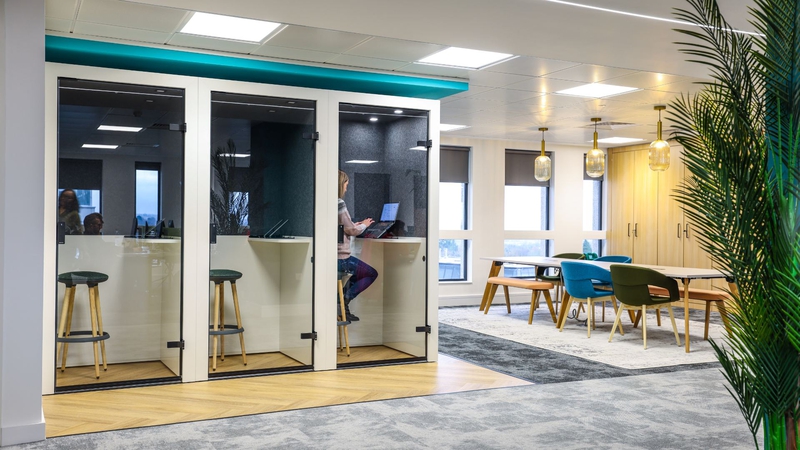










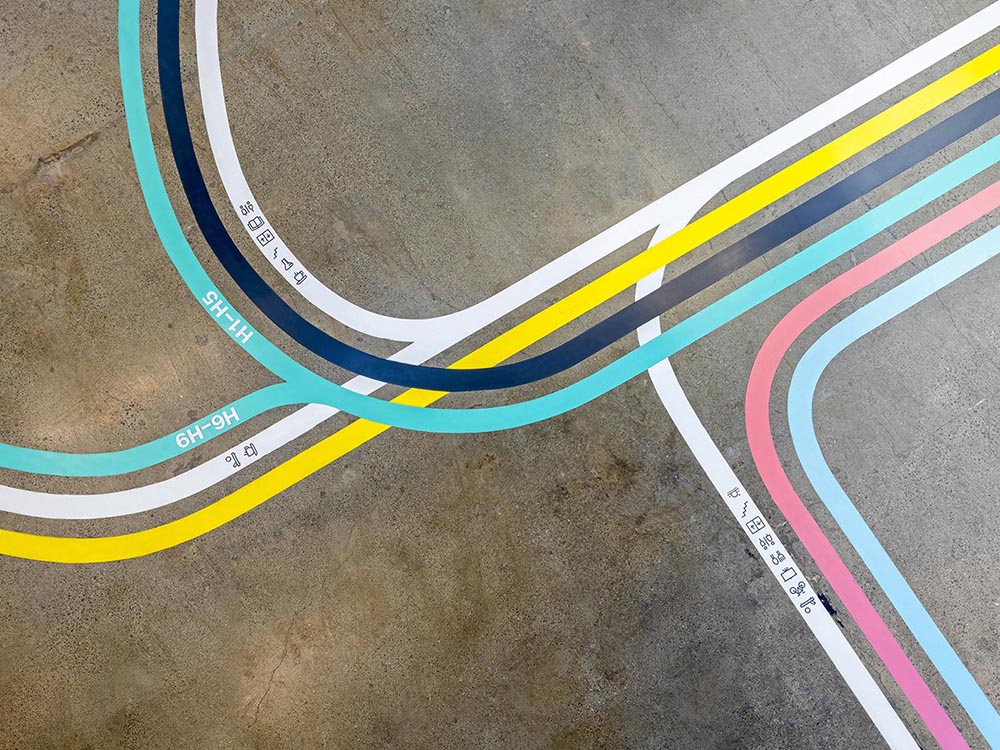



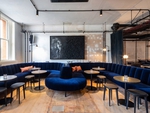
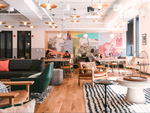
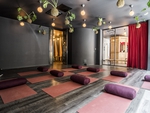
_medium.jpg)
